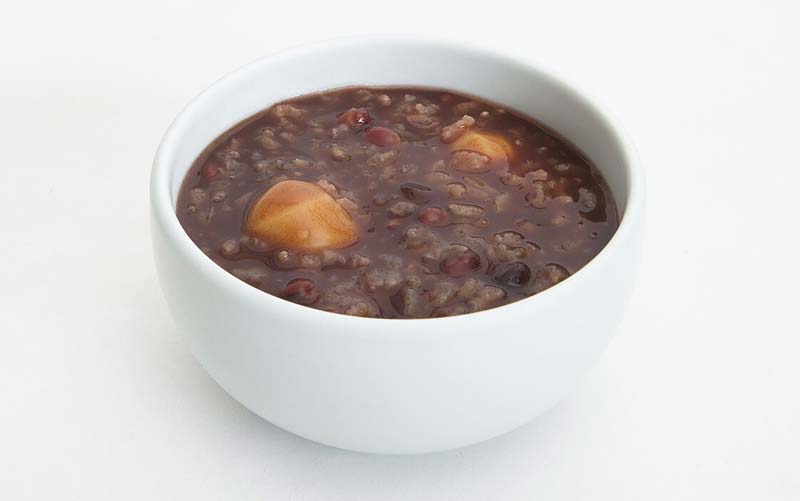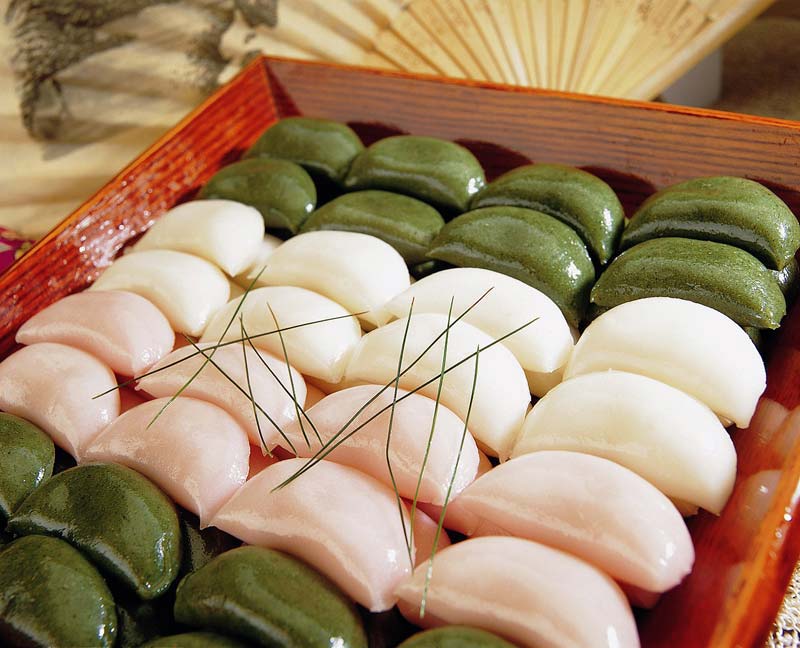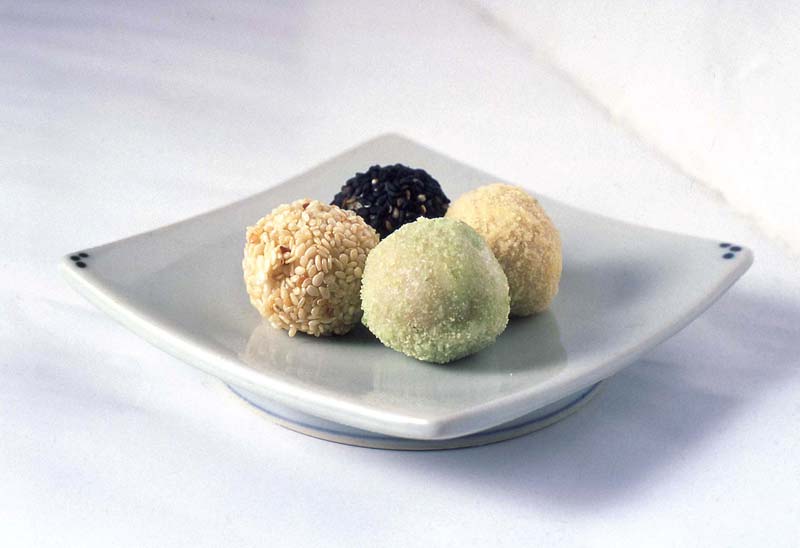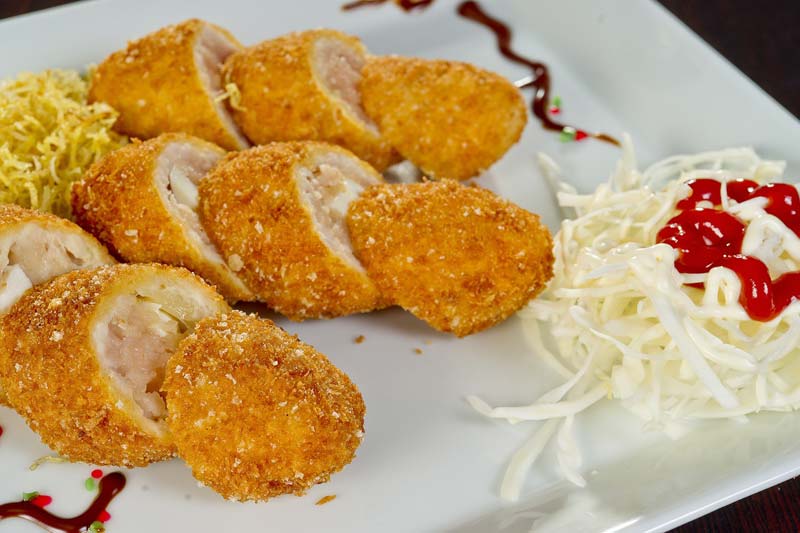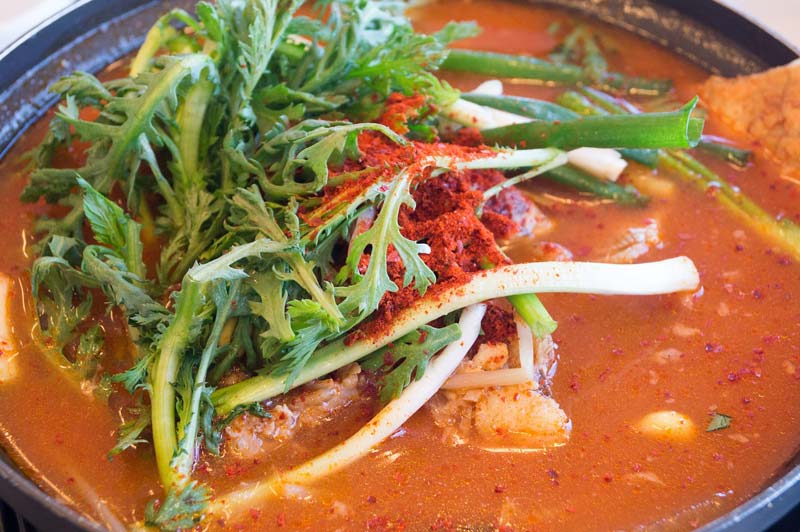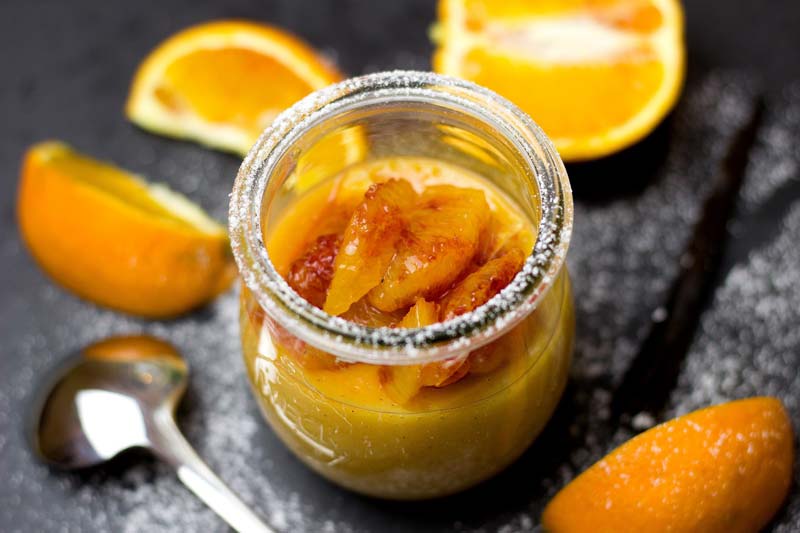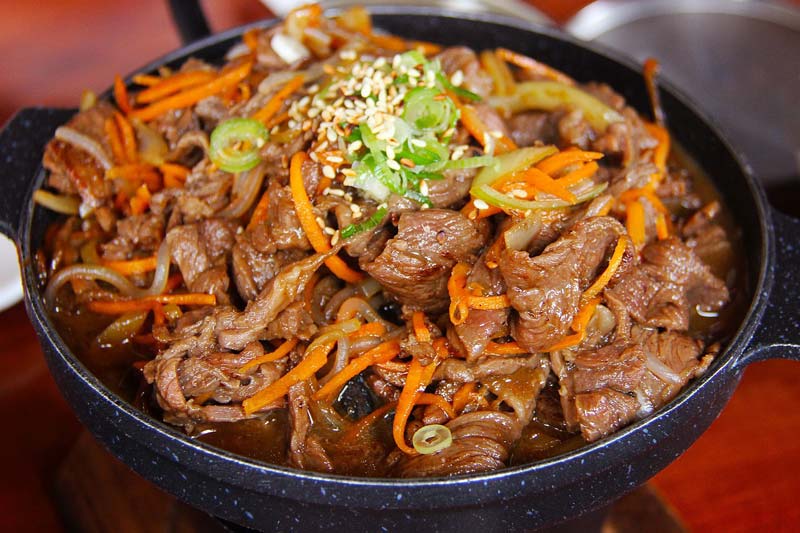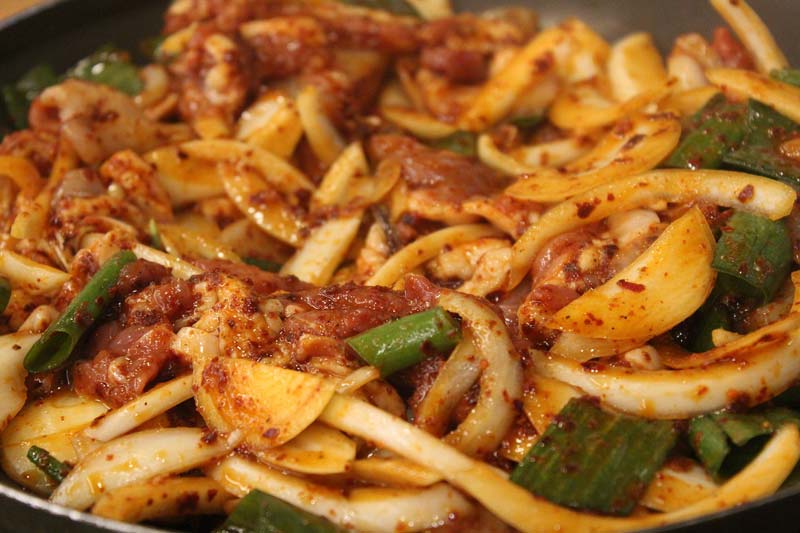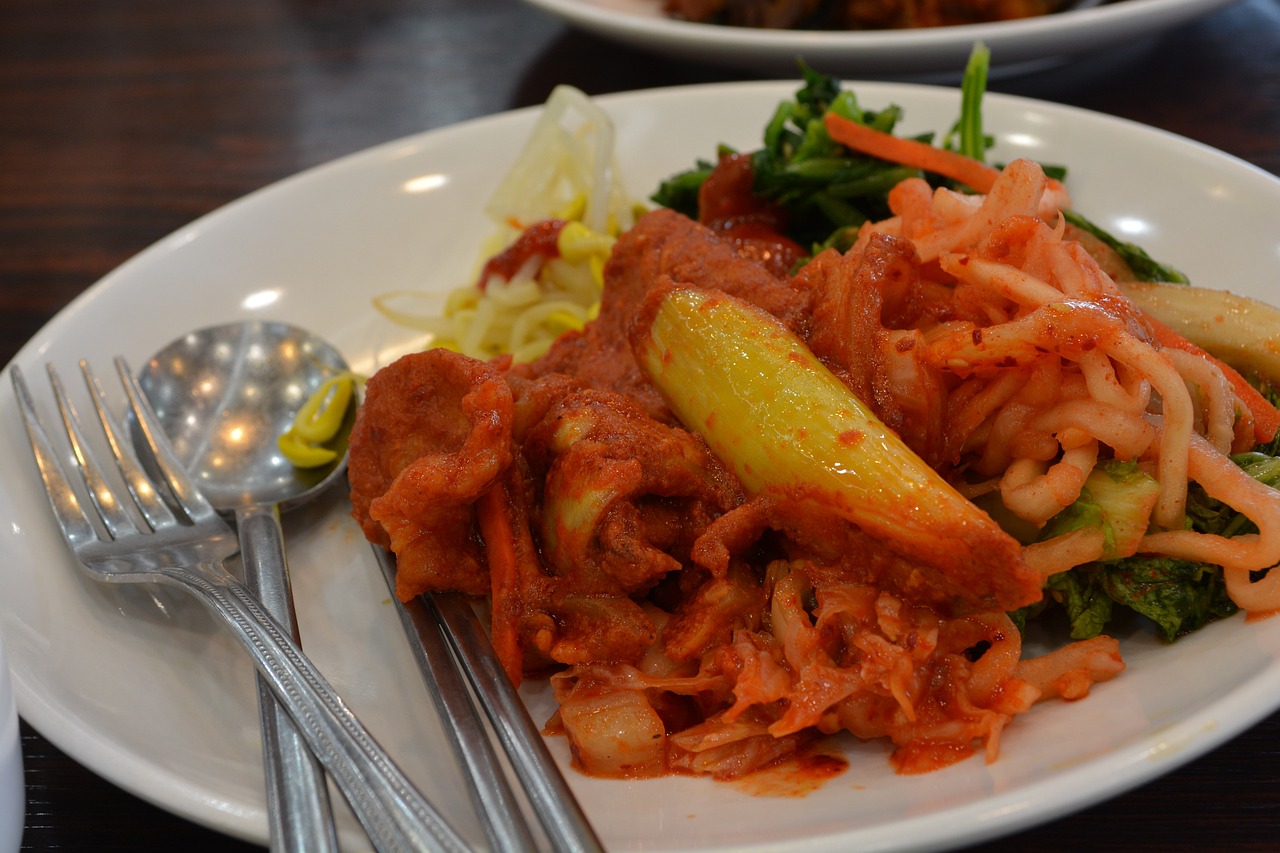Dano
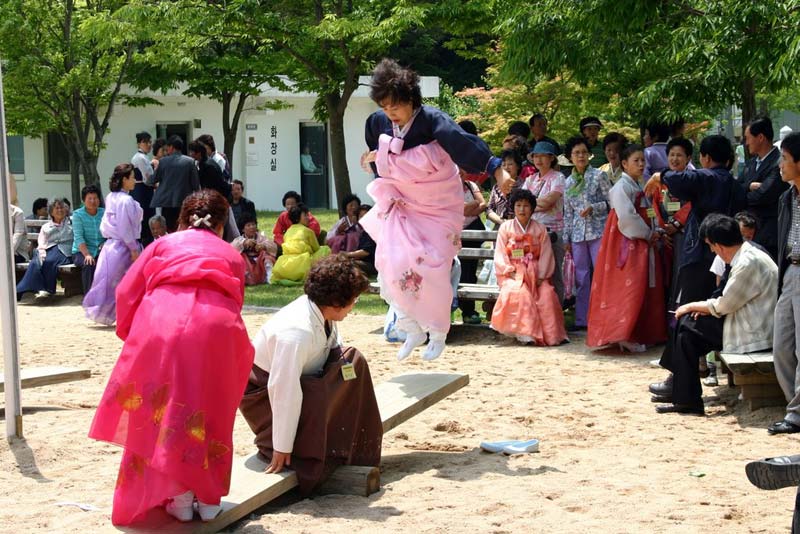
Introduction of Dano
The name of the holiday for the May 5 of the lunar calendar is Danotnal or Suritnal. The Dongguksesigi says, “On Dano, they make rice cake picking some kind of marsh plant called Surichwi in the mountain or make rice cake with mugwort.” Since the shape of the rice cake looks like a wheel, this holiday is named as ‘Suritnal’.
The Origin of Dano
Dano is originated from the period of King Hoe in China. There was a subject named Gulwon who fell into a snare of villainous retainers and drowned himself into Myeongnasu to show his integrity. The day fell on May 5. After that, a memorial service for him was held every year, and which is the origin of Korean holiday of Dano.
In this Danojang, women in farmhouses made ornamental hairpins cutting the roots of sweet flags and put them on in order to prevent headache and misfortunes. They washed their hair using the water infused with sweet flags to make their hair more lustrous. Moreover, they said that it would prevent psoriasis and soften the skin to mix face powder with dew formed on lettuce leaves in the lettuce field at the dawn of Dano and apply it to face. Meanwhile, men put the roots of sweet flags on their waist on Dano, which was originated from the belief that it would have effects on driving misfortunes away.
On Dano, especially at O-si (11:00~13:00), they made a bunch of wormwood and put it next to the gate, and this was because they believed it would drive away misfortunes. In the farmhouses, they kept one of the folkways to insert stone between the branches of a Chinese date tree as a wish for a bumper harvest of Chinese dates.
It is one of the typical plays of Dano for women. In the picture titled ‘Danopungjeong (Elegance of Dano)’ by the famous artist in the latter Joseon period, Sin, Yun-bok, the women in Hanbok rise up to the sky as their skirts blowing off by the wind.
This is a play for men, which is comparable to Geunettwigi for women. The winner of this play gets a bull as a prize. To become a winner, you should win every game and have no challenger to fight with.
These are the ceremonies for encouraging the unity of the people in a region. The examples of these are Gangreungdanogut of the Gangreung regions in Gangwon-do, Munhojanggut of Yeongsan in Gyeongnam, and Hanjanggunnori of Gyeongbuk Jain. Each of these ceremonies has some festival pattern of the people in a region as they are related with various plays or events.
It is a tool to cool off the heat. It becomes hot as Dano approaches, so making a fan called ‘Danoseon’, they offered it up to the king on Dano.
(foodculture/foodculture1_5_a.jsp)
